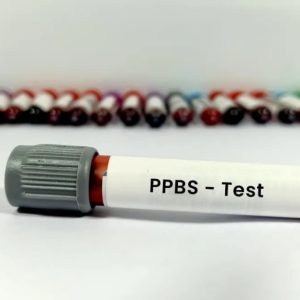Description
HbA1c, or glycated hemoglobin, is a form of hemoglobin that is chemically linked to glucose. Hemoglobin is the protein in red blood cells that carries oxygen from the lungs to the rest of the body. When glucose in the blood binds to hemoglobin, it forms HbA1c.
The amount of HbA1c formed is directly proportional to the concentration of glucose in the blood. As red blood cells have a lifespan of about 2 to 3 months, measuring HbA1c provides an average of blood glucose levels over that period. This makes HbA1c a useful indicator for monitoring long-term glycemic control in people with diabetes.
The American Diabetes Association (ADA) recommends that people with diabetes have their HbA1c levels measured at least twice a year to assess their overall blood glucose control. The goal is to maintain HbA1c levels within a target range, which helps reduce the risk of diabetes-related complications.
The HbA1c test is expressed as a percentage. For people without diabetes, normal levels are usually below 5.7%. The ADA generally recommends a target HbA1c of less than 7% for most people with diabetes, although individualized targets may be set based on factors such as age, overall health, and the presence of other medical conditions.





